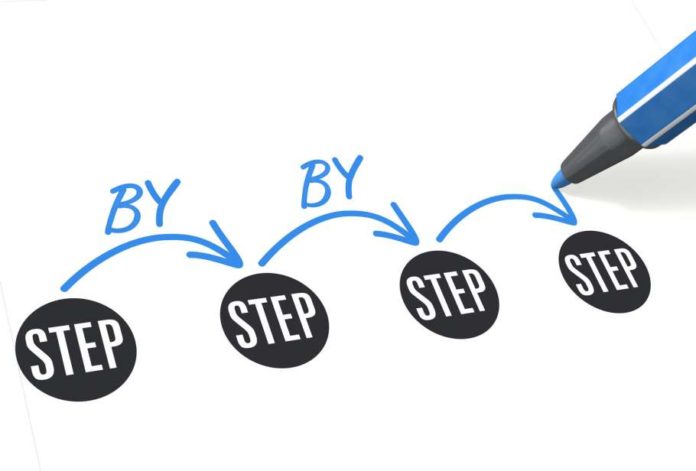“Piano, piano” is a common Italian phrase that roughly translates as “little by little.” I learned the phrase from my brother, who has been studying in Rome for the past two years. At his school, he and the other North Americans have adopted the phrase as a mechanism to cope with the vast change from living in the United States and Canada to living 5,000 miles and one Atlantic Ocean away from their friends and families. As they tell each other, you learn a new language piano, piano. You adopt a new country piano, piano. You learn the streets piano, piano. You absorb a foreign culture piano, piano. The more that I have thought about this phrase, the more I understand just how applicable it is to so many other aspects of life and our fine industry.
As a new parent, I can attest that you get used to the demands of parenthood piano, piano. More to the point, I can state from personal experience that you adapt to a new culture piano, piano. Six years ago, when ICAS committed itself to a new approach to air show safety, there was broad recognition among leaders, staff and members that a true change to our safety culture would not happen overnight. Rather, it would require a persistent and steady nudging in the right direction.
When the ICAS Safety Committee convened to address the rise in accidents at North American air shows in 2007, it made the decision to target the “low-hanging fruit.” That is, the priority of the Safety Committee was to accomplish the easily attainable, low-controversy goals that would gradually move the ball forward. Ops Bull, the Safety First awareness campaign and more safety-related programming and materials at the convention were the baby steps that paved the way for subsequent and comparatively larger, more impactful projects.
We often hear comments and calls for swift, wide-sweeping action to root out perceived problems. And, on occasion, that is the correct course of action. But there are situations when we must temper these flames in favor of a more moderate approach, for it is only in this manner that we can ensure that we focus on the problem’s cause, not just the a symptom.
To illustrate, in recent years, the ICAS ACE Manual has seen several proposed revisions. Some of these were to address specific shortcomings in the evaluation process and it was not uncommon to hear the phrase: “If you have a problem with X, why don’t you just do Y?” While it sometimes is appropriate to take swift action, it is important to remember that, in order to enact lasting and effective change, we must be thoughtful in making decisions. So, rather than simply doing Y to eliminate X, we stand to make a more positive and long lasting impact if we first ask ourselves, “Why is X a problem, and how do we address its root cause?” This method is slower (and, I can attest, more difficult) than treating the topical deficiency, but it is a more effective strategy for introducing long-term, sustainable change.
When contemplating modifications to a document that directly impact as many ICAS members as the ACE Manual does, it is critical that we take a measured approach. As recent history has taught us, the law of unintended consequences rules supreme when changes are not fully explained and vetted. Conversely, when change is introduced methodically and with appropriate explanation, the process and the changes themselves are typically met with better understanding, wider acceptance, and – therefore – more success. While it is fair to say that X was a problem before, providing true change to the system will involve a look at what the conditions were that created the problem in the first place.
For example, if there is an issue with our aerobatic evaluators making a mistake on evaluations and our solution is to remove the evaluators that made the mistake, we will have addressed the topical concern while missing an underlying cause. Instead, by looking at the root cause of the problem, it becomes clear that additional training for our evaluators is a more appropriate solution to the problem of underperforming ACEs. Not only are the specific deficiencies addressed, but the overall quality of evaluations by all evaluators is improved.
This path can seem slow and cumbersome at times, but it is this inch-by-inch, step-by-step approach that gives our industry its best chance at success, not just to survive the day-to-day challenges, but to thrive and prosper over the long term. It will happen, just as my brother learned to live in Italy: piano, piano.








